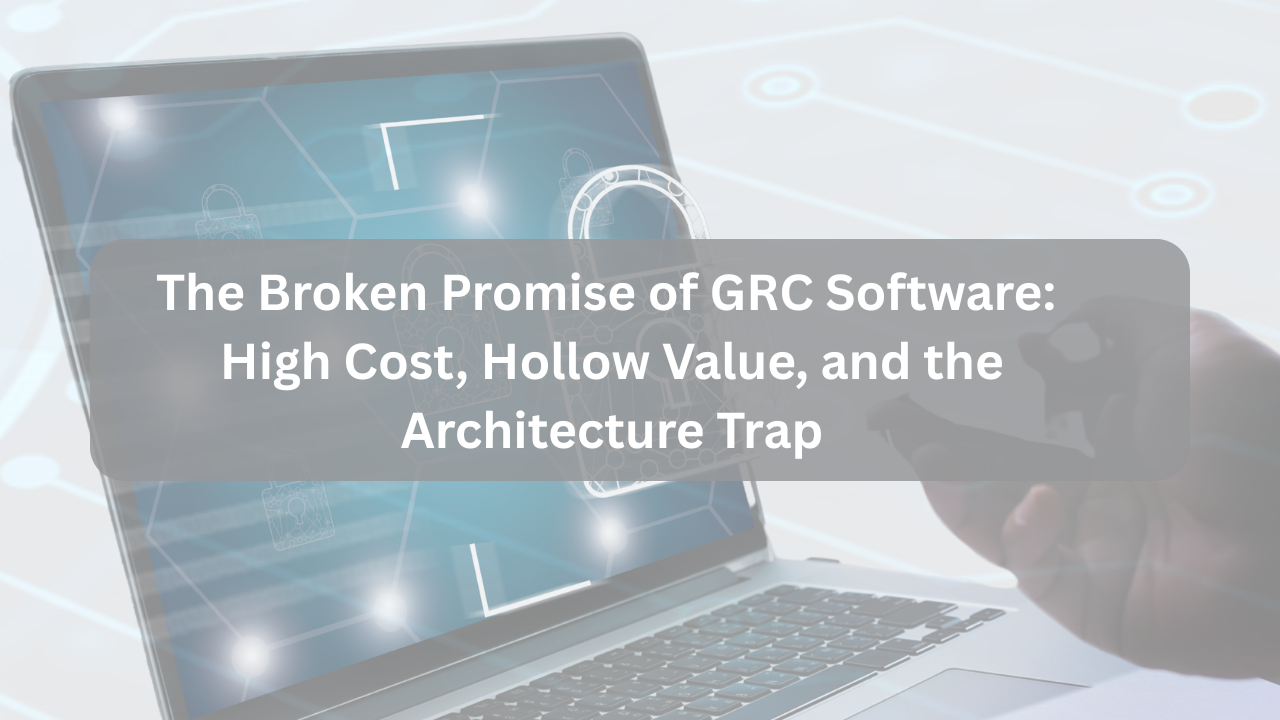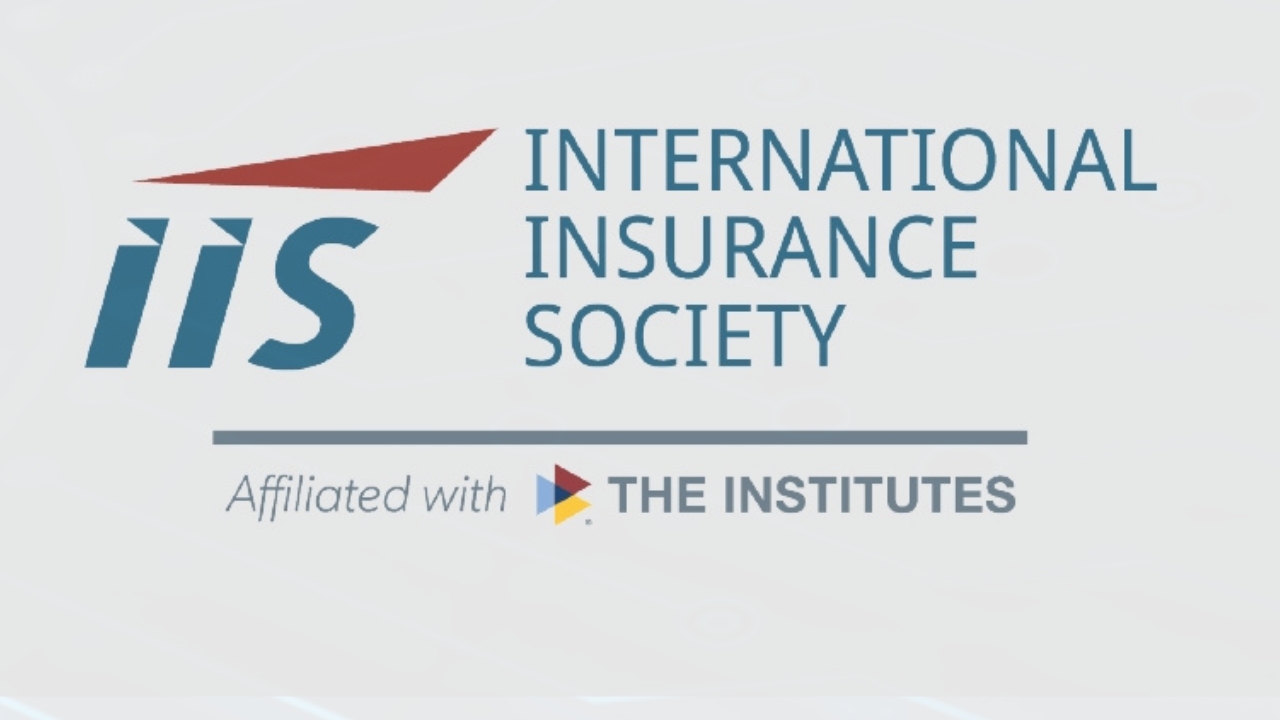
Governance, Risk, and Compliance (GRC) software was meant to simplify risk and regulatory complexity. Instead, it has spawned a bloated, expensive, and fragmented ecosystem — more bureaucracy than benefit, more licence fees than leadership. What should have been a nervous system for business integrity has become a Frankenstein’s monster stitched together by poor architectural choices, commercial opportunism, and tech inertia.
The Price Tag Nobody Justified
Let’s begin with the elephant in the boardroom: GRC software costs a fortune.
- Six-figure implementations are common — before even factoring in maintenance or consulting.
• Licensing is often modular — but not in a good way. Customers are nudged into bundles of features they neither need nor use.
• Ongoing “admin support” becomes a hidden tax, locking organisations into expensive vendor relationships simply to make basic changes.
Why is it so expensive? The sad truth is: much of it is legacy pricing wrapped in modern UX.
The GRC software industry never restructured its value proposition post-cloud or post-SaaS — instead, it passed old costs forward into a new interface.
Architecture by Accretion, Not Intention
Most of today’s GRC platforms didn’t start with a clear design principle. Instead, they evolved like old cities: layer upon layer of bolt-ons, with a maze of dependencies and overlapping functions.
- Platforms originally built for audit tracking now masquerade as cyber risk engines.
• Data models are often rigid, assuming that every organisation maps risk the same way.
• “Modularity” means more licences, not more agility. Every new function becomes a chargeable module. Want to link policy with risk? That’ll be extra.
This isn’t modularity. It’s micro-licensing disguised as choice. What should be an integrated view of risk ends up as an architectural patchwork.
Data Migration: A Hidden Minefield
- If you’ve tried moving from one GRC system to another, you’ll know the pain.
- Metadata models vary wildly.
• Historical data is often locked in proprietary schemas.
• Reporting and dashboards collapse unless recreated painstakingly.
Vendors make it hard by design — because data portability means power. If you can move your risk data easily, you can move vendors easily. And that’s bad for business — their business, not yours.
This lack of portability also inhibits strategic agility. You can’t adapt your GRC posture if your data is trapped inside a 2014 schema model.
Who Is This Software Really For?
- Ironically, many of the end users of GRC platforms — risk officers, compliance leads, and internal auditors — dislike them.
- Usability is poor.
• Reporting is clunky.
• Workflows are unintuitive.
But CIOs and procurement teams buy them anyway, seduced by glossy demos and Gartner reports, not real-world usage. Implementation partners cheer — they make more money in rollout and configuration than the vendor does in licensing.
Meanwhile, business users soldier on, building workarounds in Excel or Power BI just to get their work done.
What Needs to Change?
We need to shift from monolithic GRC to contextual, composable, business-first risk tooling. That means:
- Contextualisation over configuration
- Open architectures over closed modules
- Data portability as a basic right, not a feature
- Outcome-led pricing, not user-based or module-based rack rates
- GRC as a service, not just a software stack
The future isn’t in buying more modules. It’s in getting sharper insights, faster workflows, and business-aligned risk data that’s actionable and portable.
AI Is Not the Silver Bullet
As vendors scramble to slap “AI-powered” across their brochures, many risk leaders are rightly sceptical. Most of what passes for AI in GRC today is either glorified autocomplete or brittle automation with fancy wrappers.
Here’s the reality:
- Traditional AI in GRC is rule-based and rigid, offering little true autonomy.
- Generative AI without context is dangerous — it invents answers with confidence but no accountability.
- Many platforms share your data across customers or even public models, raising serious privacy and compliance concerns.
That’s why Agentic AI matters
At Astragar, we use Agentic AI — not just to analyse risk, but to act on it within defined boundaries. Our agents:
- Understand business context — not just CVEs or control names.
- Interact with other systems through Model Context Protocols (MCPs) — including ticketing tools, asset inventories, and cloud security systems.
- Respect data sovereignty — your information stays private, segmented, and never trains external models.
Instead of static dashboards, you get intelligent agents that:
- Flag risks with business impact mapped
- Suggest remediations
- Escalate automatically if thresholds are breached
- Trigger workflows in your environment — no swivel-chairing between systems
Agentic AI isn’t about replacing your risk function. It’s about giving it superpowers — securely, autonomously, and without breaking your data perimeter.
A Call to Rethink GRC
The GRC industry needs disruption — not with more dashboards or prettier UIs, but with architectural reimagination and commercial honesty.
Let’s not accept that “GRC is hard” or “risk is messy” as excuses. It’s only hard because the software was built that way. And it stays messy because that mess is profitable — for vendors, not for businesses.
It’s time to fix what’s broken.



